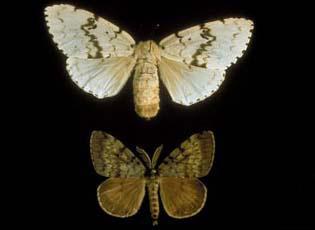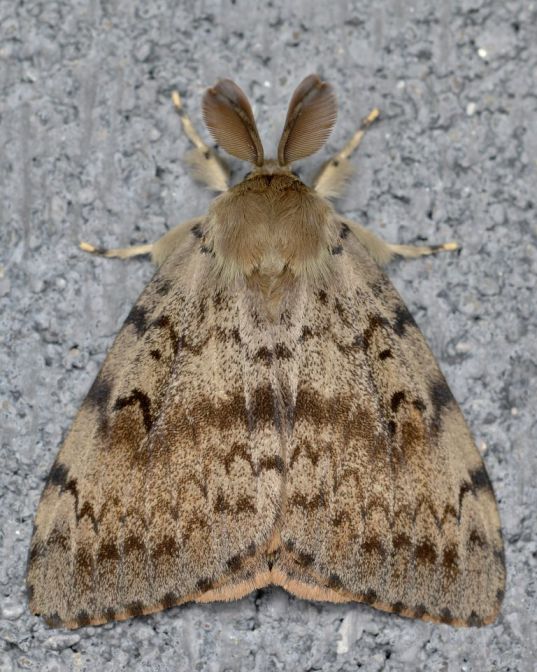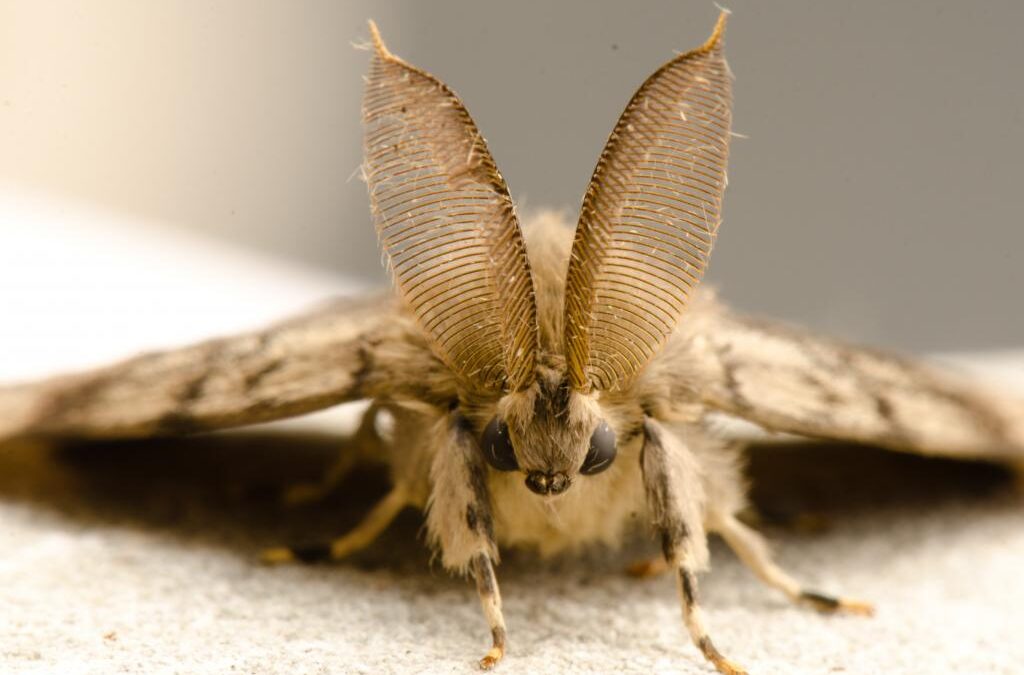Aerial spray treatments are set to take place in the Lower Mainland and three locations in the southern Interior of British Columbia in spring 2024. The purpose of these treatments is to eradicate spongy moths and minimize the risks they pose to forests, farms, orchards, and trees. The initiative is being carried out under the guidance of the B.C. Plant Protection Advisory Council’s Spongy Moth Technical Advisory Committee.
The Threat of Spongy Moths
Spongy moths, also known as Lymantria moths or Gypsy moths, are invasive species that pose a significant risk to B.C.’s ecosystems and economy.
These moths’ caterpillars feed on tree leaves and have caused defoliation in forests and residential areas in Ontario, British Columbia, and the eastern United States in recent years. If left untreated, spongy moths can spread to other areas of British Columbia, posing a threat to urban forests and farms.

The Treatment Plan
The ministry plans to use a biological insecticide called Foray 48B for the treatment. This insecticide is commonly used in organic farming and contains Bacillus thuringiensis var kurstaki (BtK) as its active ingredient.
BtK is naturally present in urban, agricultural, and forest soils in the province. It only affects moth and butterfly caterpillars after they have ingested it. The sprays will specifically target the emergence of spongy moth caterpillars.
It’s worth noting that Btk was approved for the control of spongy moth larvae in Canada as early as 1961.
Treatment Schedule and Process
The ministry has planned three applications of Foray 48B, which will take place between late April and mid-June 2024. Each treatment will be conducted seven to ten days apart and may take up to two days to complete. The sprays will commence at first light and conclude no later than 7:30 a.m. It’s important to note that weather conditions may cause delays or cancellations of the sprays, with short notice.

How Spongy Moths got here
The Spongy Moth was introduced to the United States in 1869 by Leopold Trouvelot, a French artist, astronomer, and amateur entomologist. He imported some eggs of this species to Medford, MA, with the idea of breeding a silk-spinning caterpillar that was more resistant to disease than the domesticated silkworm.
Unfortunately, the caterpillars escaped into his backyard. About 10 years later, they began to appear in large swarms, and by the late 1880s they were already causing severe defoliation in the area.
How you can fight Spongy Moths
Inspect Your Yard
In the fall and winter, inspect your property, including woodpiles, stone walls, and lawn furniture for egg masses. To kill them, scrape the eggs into a container and douse them with boiling water, being careful to avoid skin contact. Don’t just scrape the eggs onto the ground—they can survive temperatures 20 to 30 degrees below zero Fahrenheit.
Check Your Car
Egg masses deposited in the wheel wells of cars or among stacked woodpiles may account for much of the spread of Spongy Moths from state to state. You can avoid carrying the moths to new areas by checking for, and removing, egg masses before leaving an infested area.
Target Trees
It may be possible to protect individual “specimen trees” in your yard.
- Wrapping tree trunks with aluminum foil covered in a sticky substance, recommended by some sources, has proven to be ineffective and is not good for the health of the trees; you may entrap large numbers of caterpillars, but not nearly enough to curtail the damage.
- Wrapping trees with burlap folded over a cord to entrap caterpillars seeking shelter during the day is also ineffective due to the scope of the problem.
- If you detect infestation of a favorite yard tree early on when the caterpillars are still small you could consider contacting a reputable pest management firm or arborist for advice.
Not a new problem.
Learn More and Stay Informed
If you would like to learn more about spongy moths and the upcoming aerial spray treatments, you can visit the official website at https://gov.bc.ca/spongymoth or contact the ministry at 1-866-917-5999. Additionally, if you are interested in pesticide-use permits or would like to see a map of the treatment areas, you can visit https://gov.bc.ca/spongy-news.
